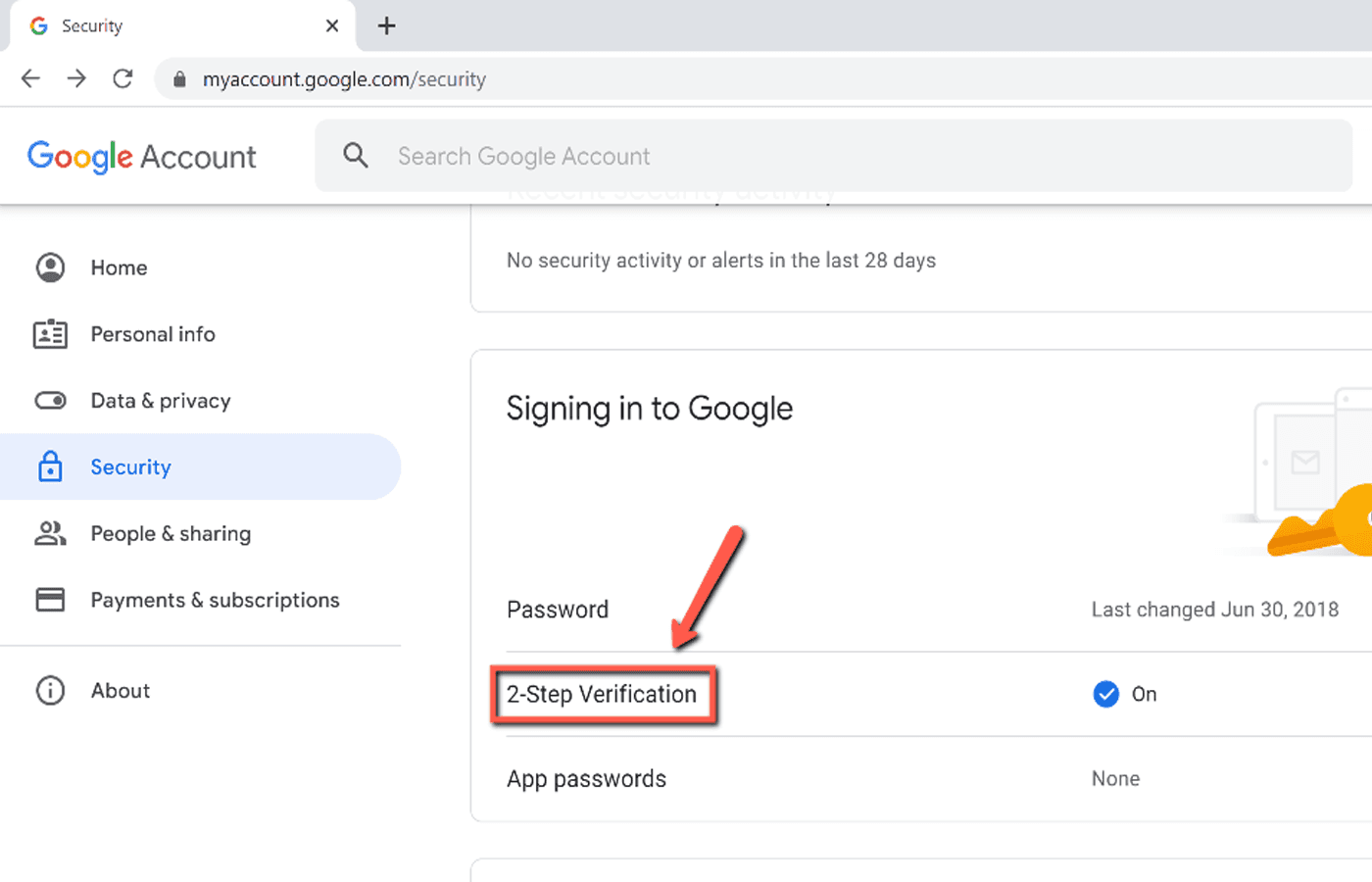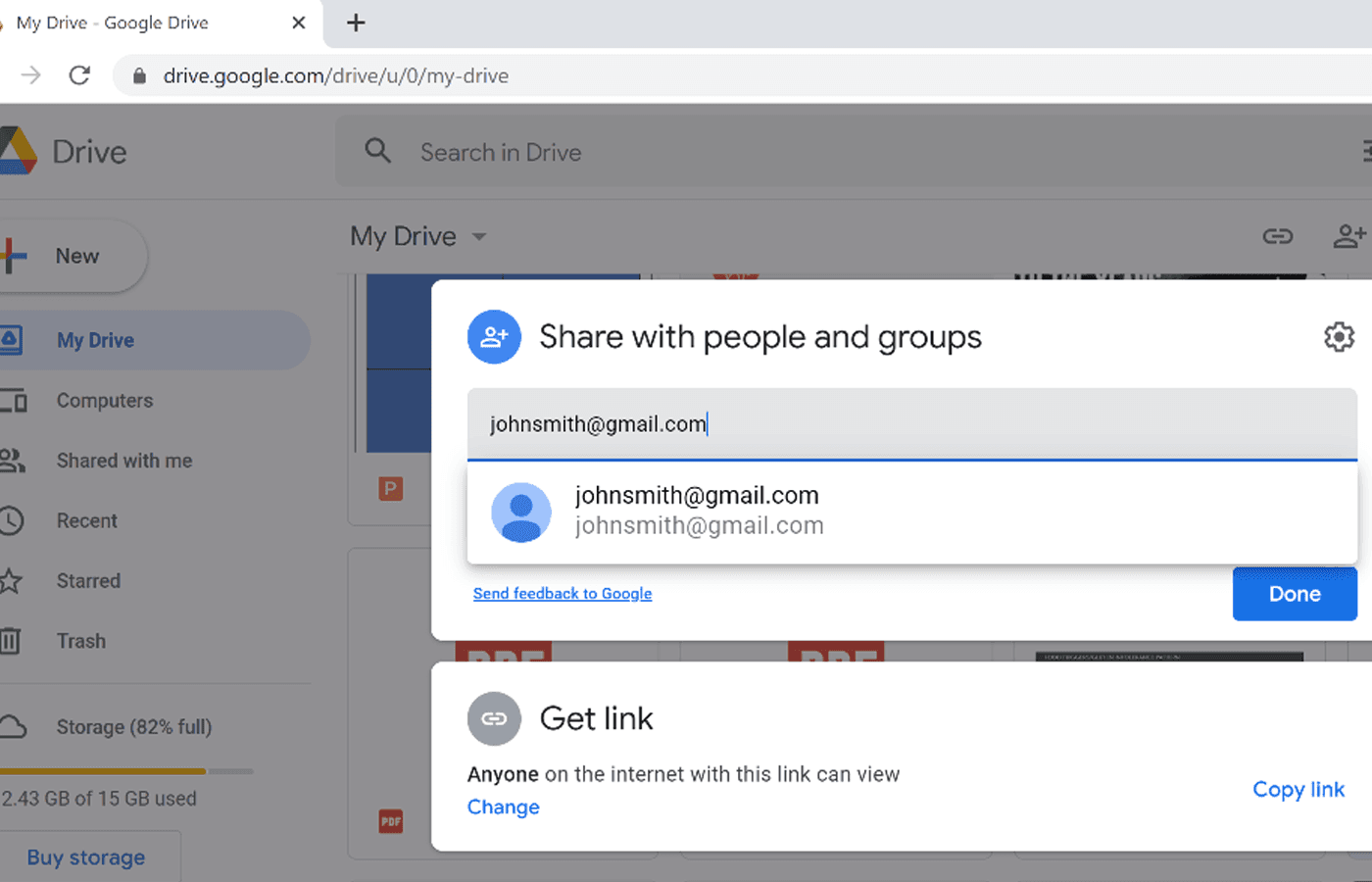With over 1 billion users, Google Drive is the most popular digital storage platform. Google Drive is ultra-convenient because you can easily access it on any device and share files with others.
But is it safe to save and send credit card info through Google Drive?
You should not use Google Drive to save and send credit card information. Although Google Drive offers secure servers for your stored information, your Google account is never completely secure. If somebody accesses your Google account, they can view your files.
In this in-depth guide, you’ll learn:
An overview of Google Drive’s security and encryption.
If you should save credit card info on Google Drive.
Whether you can send credit card info through Google Drive securely.
Tips for storing and sending credit card info on Google Drive.
About Google Drive vs. Trustworthy for storing credit card info.
Google Drive Security and Encryption: Overview
Simply put, Google Drive offers exceptional security and encryption for your stored files and information. For this reason, it’s highly unlikely cybercriminals can access your Google Drive files through server hacks and breaches.
Your files are encrypted when you upload them to Google Drive and share them with others. Therefore, there’s no way for a cybercriminal to intercept your data as it’s being uploaded or transferred.
However, this doesn’t mean your files are completely safe on Google Drive. Let’s discuss if you should save credit card info on Google Drive.
Should You Save Credit Card Info on Google Drive?
The main risk of using Google Drive to store credit card info is your account itself. Your Google account is most likely logged into several devices. If somebody steals or accesses one of these devices, your credit card information is compromised. Because of this, you shouldn’t save credit card info on Google Drive.
The convenience Google Drive offers for storing credit card information isn’t worth the risk. Dealing with stolen credit card information can lead to severe consequences. You’ll need to call your bank, cancel the credit card, and wait for a new one to arrive.
Furthermore, what if the hacker uses your credit card for a big purchase? You’ll also need to go through the process of getting a refund or chargeback. Later on in this guide, I’ll explain why you should use Trustworthy to save your credit card info.
Can You Send Credit Card Info Through Google Drive Securely?
You can send credit card info through Google Drive securely. Google Drive encrypts your data when you share information with others. However, sharing credit card info through Google Drive creates another avenue of risk because your info is now exposed on a second Google account.
As I mentioned in the previous section, the primary risk of storing credit card info on Google Drive is your account itself. By sending credit card info through Google Drive, the other account is now at risk of getting breached, potentially exposing your credit card info.
Does the person you’re sharing your credit card info with practice safe account usage? Do they have two-factor authentication enabled on their Google account?
Although you can send credit card info through Google Drive securely, your credit card info isn’t actually safe. Therefore, you should avoid sending credit card info through Google Drive.
4 Tips for Storing and Sending Credit Card Info on Google Drive
I completely understand if you still want to save and send credit card info through Google Drive. The convenience Google Drive offers is unmatched, and you may be willing to take the risk. For this reason, I want to share the best tips for storing and sending credit card info on Google Drive.
My goal is to help you protect your private information no matter what, so here are four essential tips you need to follow.
1. Create a Strong and Unique Password

The first step is to create a strong and unique password. Not only do you need a strong password on your account, the person you’re sharing your credit card info with needs a strong password too. For this reason, you must ask the other person to change their password as well.
Although it’s inconvenient, this is an optimal way to protect your credit card info.
Here are the traits of a strong password:
At least 12 characters in length
Includes symbols and numbers
Memorable
To create a memorable password, you can use a lyric from your favorite song, a quote from your favorite movie, or a series of meaningful words.
2. Enable Google 2-Step Verification

The second and most crucial step of saving and sending credit card info through Google Drive is to enable 2-Step Verification.
Google 2-Step Verification is a form of two-factor authentication (2FA) that protects your account from unknown logins. Once you enable 2-Step Verification, you’ll need to provide a second form of verification in addition to your password when you log in to your Google account. Therefore, hackers can’t access your account even if they have your password.
You can enable 2-Step Verification in your Google account’s Security section. However, you must ask the person you’re sharing your credit card info with to enable 2-Step Verification as well. So even if your account is protected, your credit card info is still at risk if the other person doesn’t enable 2-Step Verification.
3. Use Invite-Based Google Drive Sharing

There are two ways to share files through Google drive: invite-based sharing and link-based sharing. With invite-based sharing, you enter your friend’s email, and they are emailed a link to access the shared file. Then, they can only access the credit card info on their Google account.
If you use link-based sharing, anybody with the link to your credit card info can access it. Therefore, you should never use link-based sharing to send confidential information on Google Drive.
4. Don’t Save Complete Credit Card Info

Never store your complete credit card info on Google Drive. For example, you can store 14 numbers of your 16-digit credit card number. Furthermore, don’t include the expiration date or Card Verification Value (CVV).
Storing your full credit card info is just asking for trouble. So instead, store a partial piece of the credit card and send the rest through a phone call.
Google Drive vs. Trustworthy for Storing Credit Card Info
At this point, you should understand the risk of saving and sending credit card info through Google Drive. However, you may be wondering if there’s a better solution.
There is.
Trustworthy is a digital storage platform dedicated to storing and sharing confidential information. Therefore, Trustworthy is built to store and share credit card info.
With best-in-class, 256-AES encryption, Trustworthy is the safest online storage platform for sharing sensitive files and information. In addition to credit card info, Trustworthy is built to store personal IDs, passwords, bank account info, financial documents, and much more.
You can think of Trustworthy as the Google Drive for sensitive information.
Trustworthy (try it free) offers secure document sharing with the ability to set a time limit. With Trustworthy’s two-factor authentication requirement and invite-based sharing model, you can rest assured knowing your credit card info is safe and secure.
Other Credit Card Resources
We’d love to hear from you! Feel free to email us with any questions, comments, or suggestions for future article topics.
Trustworthy is an online service providing legal forms and information. We are not a law firm and do not provide legal advice.













